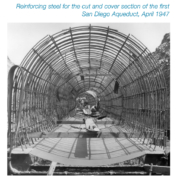As Salinity Grows And Toxic Dust Spreads, Patience Wears Thin At Salton Sea
Assemblyman Eduardo Garcia watched with ill-disguised frustration as a hearing aimed at expediting state projects to restore habitat and control dust storms at the shrinking Salton Sea instead dissolved into discussion of why the efforts were falling further behind schedule. “We have a plan, we have money, there is additional money lined up, and we have a constituency — myself included — that is running out of patience,” Garcia (D-Coachella), chairman of the Assembly Committee on Water, Parks and Wildlife, said.



